The Bitcoin community has revolutionized the area of finance because of the fact that its inception in 2009. It is greater than handiest a virtual foreign places coins; it’s far a technological innovation that leverages blockchain technology to offer a decentralized, obvious, and ordinary economic tool. As the pioneer of cryptocurrencies, Bitcoin has garnered international interest, reshaped markets, and inspired plenty of different cryptocurrencies. In this complete guide, we are capable of dive into the diverse sides of the Bitcoin community, blockchain, and mining, providing a easy and search engine optimization-friendly records of this charming generation.
What is Bitcoin Network?
The Bitcoin community is a peer-to-peer (P2P) tool that permits human beings to supply and acquire bitcoins, the number one and most famous cryptocurrency, with out the need for an intermediary like a financial institution. In smooth terms, the Bitcoin community operates as a decentralized ledger maintained through a community of users, or “nodes,” who validate transactions and constant the network.
Bitcoin have become brought in 2009 through an nameless entity referred to as Satoshi Nakamoto, who referred to its vision in a white paper titled *Bitcoin: A Peer-to-Peer Electronic Cash System*. At its center, Bitcoin is a shape of virtual forex that can be used for a number of transactions which includes shopping for objects and offerings, sending coins throughout borders, and whilst an investment asset.
Unlike conventional banking structures that rely upon centralized authorities (like governments or monetary establishments), the bitcoin basics network functions independently, way to the strength of blockchain technology and cryptographic algorithms.
Key Features of the Bitcoin Network:
- Decentralized: No central authority or entity controls the Bitcoin network.
- Transparent: Every transaction is recorded on the public blockchain, visible to anyone.
- Secure: Bitcoin relies on cryptographic techniques and consensus algorithms to ensure the security of the network.
Open: Anyone with access to the internet can join the Bitcoin network
Types of Bitcoin Addresses
Before delving into how the Bitcoin network functions, it’s essential to apprehend Bitcoin addresses, that are critical to the operation of the network.
A Bitcoin cope with functions in addition to a economic institution account variety—it’s a totally particular identifier that lets in you to obtain and ship Bitcoin. There are three sorts of Bitcoin addresses, each imparting specific levels of protection and capability:
- P2PKH (Pay-to-PubKeyHash): These are the maximum commonplace Bitcoin addresses and start with a “1”. P2PKH addresses are well matched with nearly all Bitcoin wallets and are clean in format. Example: `1A1zP1eP5QGefi2DMPTfTL5SLmv7DivfNa`.
- P2SH (Pay-to-Script-Hash): P2SH addresses start with a “3” and are more advanced than P2PKH. They allow extra complex capabilities like multi-signature transactions, wherein more than one customers need to authorize a transaction. Example: `3J98t1WpEZ73CNmQviecrnyiWrnqRhWNLy`.
- Bech32 (Native SegWit): These addresses begin with “bc1” and are the most recent format, designed to enhance performance and decrease transaction charges at the Bitcoin community. Bech32 addresses are used with SegWit (Segregated Witness), a protocol improve that optimizes transaction size and speed. Example: `bc1qar0srrr7xfkvy5l643lydnw9re59gtzzwf2kx`.
Importance of Bitcoin Addresses:
Bitcoin addresses play a vital role inside the protection and integrity of transactions.
They make certain that Bitcoin transfers arise among the proper parties and that finances are sent to the supposed recipients.
How Does Bitcoin Network Work on Blockchain?
At the heart of the Bitcoin network is the blockchain, a distributed ledger that data all Bitcoin transactions in chronological order. The blockchain ensures that every transaction is transparent, verifiable, and immutable, meaning it cannot be modified as soon as it’s been brought to the chain.
- Blocks: A block is a package of transactions that have been validated by means of the community. Each block contains a list of recent transactions, together with a connection with the previous block, forming a chain of blocks—subsequently, the term “blockchain.”
- Hashing: Every block is diagnosed by a cryptographic hash, that’s a unique code generated by way of an set of rules. This hash guarantees that every block is stable and any tampering with the information would alter the hash, making the manipulation apparent.
- Proof of Work (PoW): The Bitcoin community uses a consensus mechanism referred to as Proof of Work (PoW) to ensure that every one transactions are valid. In PoW, miners (mentioned later) compete to remedy complex cryptographic puzzles. The first miner to clear up the puzzle gets the proper to feature the subsequent block to the blockchain and is rewarded with newly minted Bitcoin.
- Decentralization: Unlike traditional monetary structures where a government keeps information, the Bitcoin blockchain is maintained with the aid of a decentralized network of nodes (computers) dispensed throughout the globe. Every node has a copy of the entire blockchain and validates every new block earlier than it’s far delivered to the chain.
- Immutability: Once a block is delivered to the blockchain, it can’t be altered. This immutability is one of the key reasons why Bitcoin transactions are so stable and straightforward.
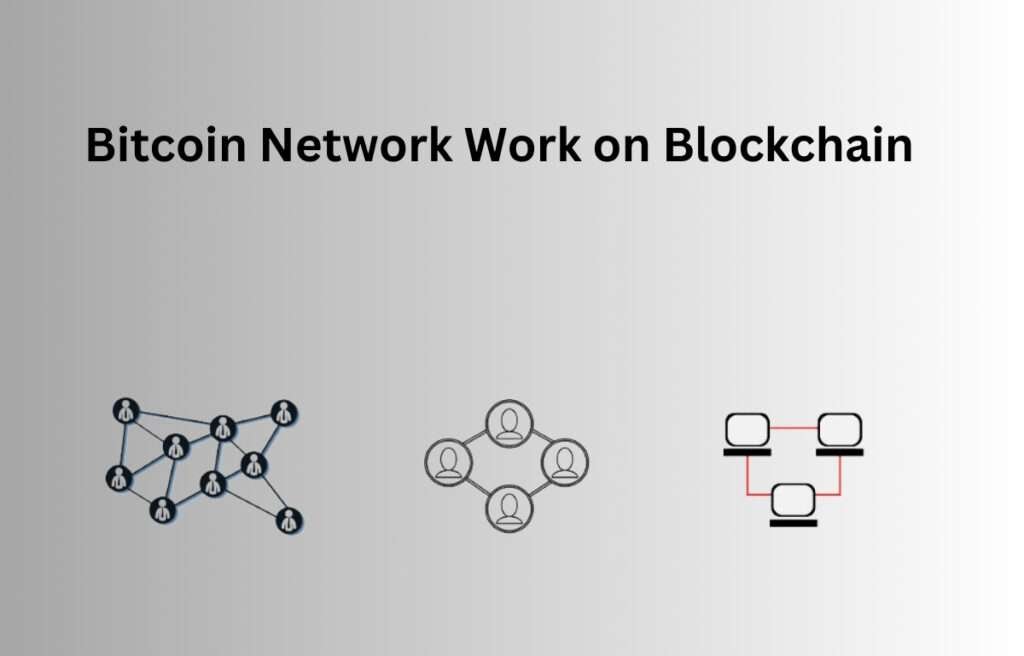
Steps of How the Bitcoin Network Works on Blockchain:
- Transaction Initiation: When a user initiates a Bitcoin transaction, they broadcast it to the network. The transaction contains the sender’s and receiver’s Bitcoin addresses and the quantity of Bitcoin being transferred.
- Transaction Verification: The transaction is then established by way of nodes inside the community to make sure that the sender has sufficient balance to complete the transaction and that the transaction adheres to the policies of the Bitcoin protocol.
- Transaction Aggregation: Verified transactions are bundled collectively right into a block. This procedure is executed with the aid of miners.
- Block Validation: Miners validate the block through the Proof of Work consensus mechanism, solving complex mathematical problems that require enormous computational energy.
- Block Addition: Once a miner solves the puzzle, the block is delivered to the blockchain, and the miner is rewarded with newly minted Bitcoin and transaction expenses.
- Transaction Confirmation: The transaction is now confirmed and becomes a everlasting part of the Bitcoin blockchain.
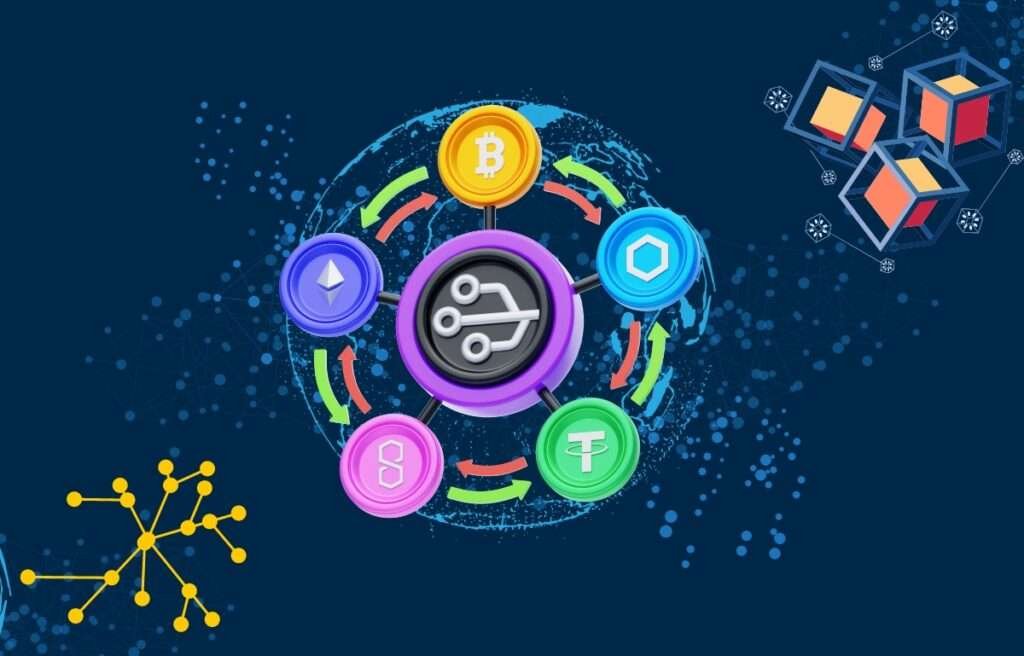
What is Bitcoin Mining
Bitcoin mining is the process with the aid of which new bitcoins are created and delivered to the community. It is also the mechanism that guarantees the security and integrity of the Bitcoin community by using validating transactions and including them to the blockchain.
In essence, Bitcoin mining includes solving complicated mathematical puzzles via computational power. This manner is useful resource-extensive but is vital to maintaining the decentralized nature of the Bitcoin community.
Why is Bitcoin Mining Important?
- Transaction Validation: Miners affirm and validate transactions, making sure that no fraudulent transactions are brought to the blockchain.
- Security: Mining enables steady the Bitcoin community by way of preventing double-spending and different styles of fraud.
- New Bitcoin Creation: Mining is the only manner new bitcoins are brought into circulate. Miners are rewarded with newly minted Bitcoin for his or her efforts.
How Does Bitcoin Mining Work?
The mining method is competitive, and miners use effective computers to solve cryptographic puzzles. Here’s how it works in extra element:
Step 1: Transaction Verification
When users initiate a Bitcoin transaction, it’s far broadcasted to the network. Miners collect those transactions and affirm them to make certain the sender has enough stability and that the transaction follows the Bitcoin protocol.
Step 2: Block Creation
Verified transactions are then bundled into a new block, which miners attempt to add to the blockchain. The block consists of the list of transactions, a timestamp, and a reference to the preceding block.
Step 3: Solving the Puzzle (Proof of Work)
Miners now compete to solve a cryptographic puzzle. The puzzle calls for miners to find a particular range (called a nonce) that, while hashed together with the data within the block, produces a hash price that meets the Bitcoin community’s problem target.
This step is relatively computationally extensive and requires monstrous processing energy. The problem of the puzzle adjusts dynamically, depending on the overall computational electricity of the network, to make certain that a new block is introduced approximately every 10 mins.
Step 4: Block Validation and Addition
The first miner to remedy the puzzle publicizes the answer to the community. Other miners validate the answer, and if it’s miles correct, the block is brought to the blockchain. The miner who solved the puzzle is rewarded with newly minted Bitcoin (the block praise) and the transaction prices blanketed in the block.
Step 5: Difficulty Adjustment
The Bitcoin protocol automatically adjusts the difficulty of the cryptographic puzzles every 2016 blocks, or kind of every two weeks, based on the entire computational power of the network. This guarantees that the block advent charge remains strong at one block every 10 mins, no matter the range of miners or the entire mining power.
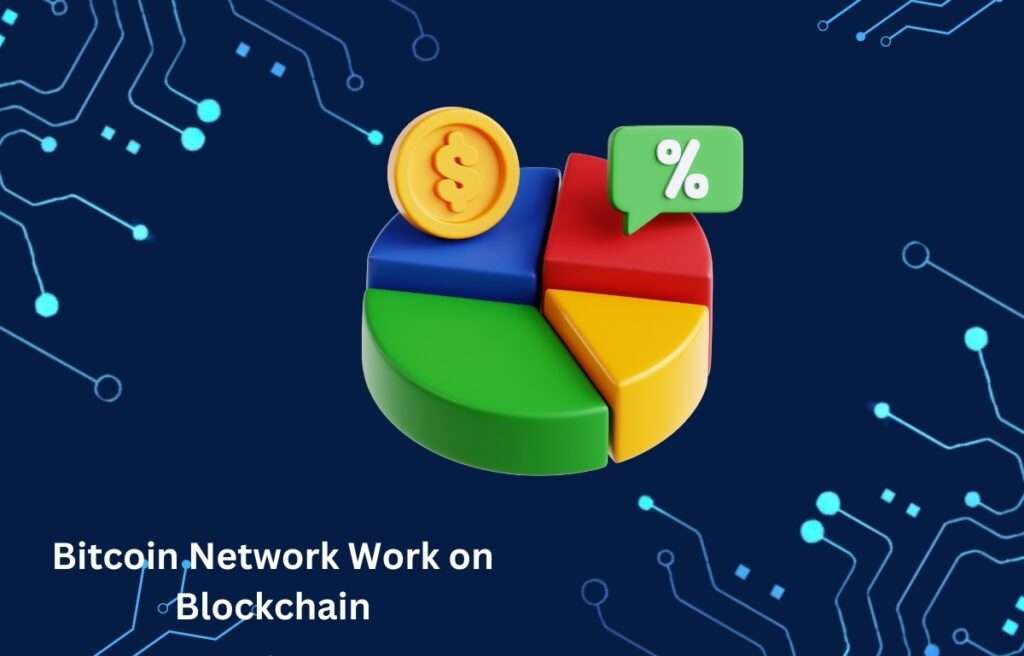
What Network Does Bitcoin Trade On?
Bitcoin trades on its native blockchain network, which operates independently of any imperative authority or organisation. This decentralized community is maintained through a global community of miners and nodes who make certain its protection and integrity.
Bitcoin Exchanges
While Bitcoin itself operates at the decentralized blockchain, trading Bitcoin with different fiat currencies or cryptocurrencies often happens on centralized or decentralized exchanges. These exchanges act as intermediaries, allowing users to shop for, sell, or alternate Bitcoin.
Centralized Exchanges (CEX):
Examples encompass Binance, Coinbase, and Kraken. These exchanges are centralized platforms where users can trade Bitcoin against other belongings.
Decentralized Exchanges (DEX):
Platforms like Uniswap and PancakeSwap function without a central authority, permitting peer-to-peer trading.
Frequently Asked Questions (FAQs)
- What Are Bitcoin Nodes?
Bitcoin nodes are computers that participate in the Bitcoin network by validating and relaying transactions.
- How do I access Bitcoin network?
You can access the Bitcoin network by using a Bitcoin wallet or running a node.
- How to check Bitcoin network?
You can check the Bitcoin network’s status through blockchain explorers or by monitoring network statistics.
- Can a Bitcoin network be hacked?
The Bitcoin network itself is highly secure and difficult to hack due to its decentralized nature.
- Who controls the Bitcoin network?
No single entity controls the Bitcoin network; it is decentralized and maintained by its users and nodes worldwide.
Wrapping Up
The Bitcoin network has changed the monetary international by using introducing a decentralized, steady, and obvious form of foreign money. Built on blockchain era, Bitcoin offers a system that operates independently of governments and monetary institutions. With a deeper knowledge of the way Bitcoin addresses work, the position of blockchain in retaining the network, and the critical manner of Bitcoin mining, customers can respect the innovative infrastructure that underpins this virtual forex. As Bitcoin maintains to conform, its decentralized nature and use of blockchain technology make certain it remains a key player in the future of finance.
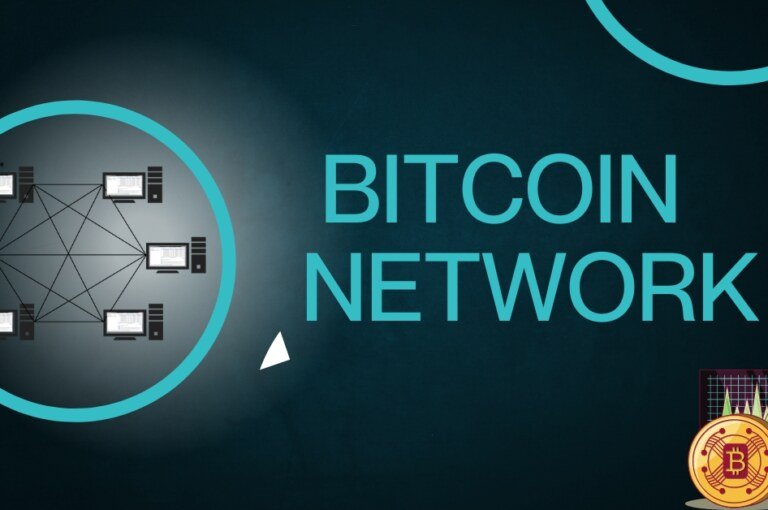
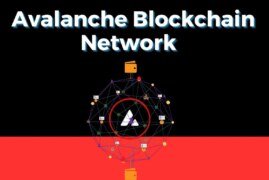
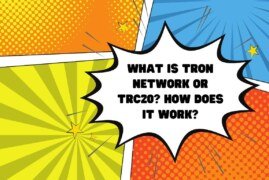
Leave a comment